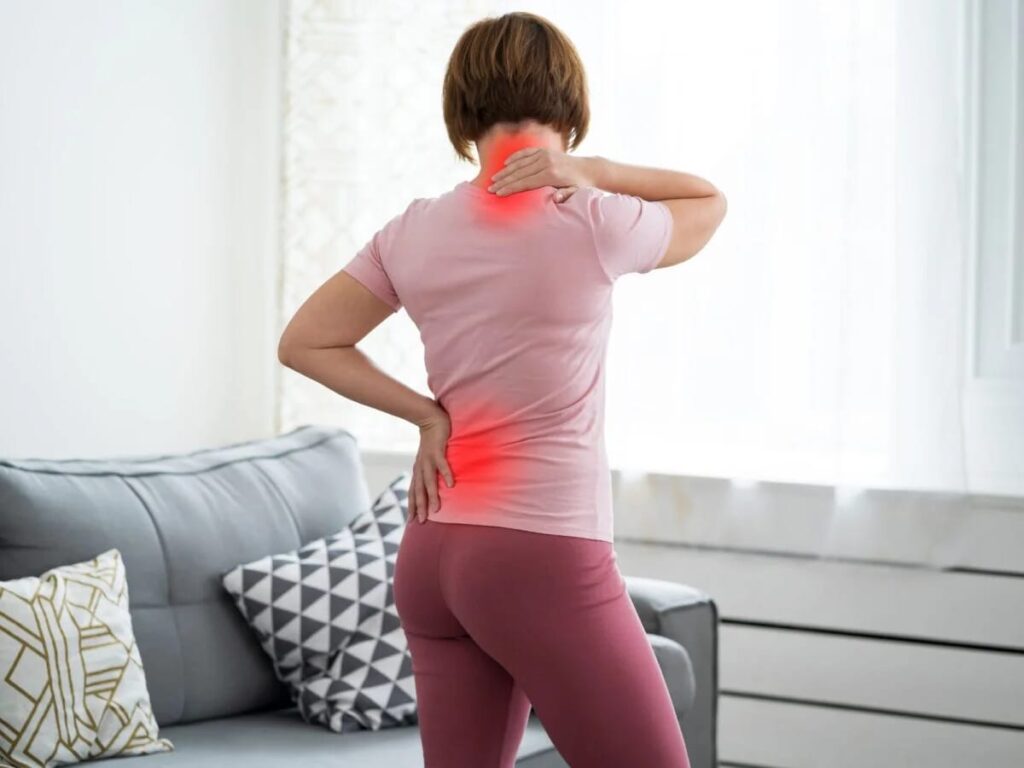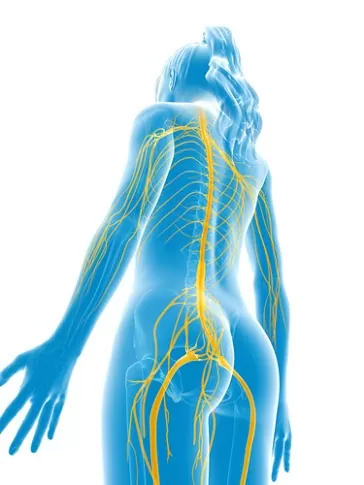Menu
TALK TO AN EXPERT
+91 9236407378
+91 9236407378
Sciatica refers to pain that radiates along the path of the sciatic nerve, which branches from the lower back through the hips and buttocks and down each leg. This pain is typically caused by compression or irritation of the nerve, leading to discomfort that can range from mild to severe. Sciatica is often associated with conditions that affect the spine, such as herniated discs or spinal stenosis.


Radiating Pain:
Numbness or Tingling:
Muscle Weakness:
Difficulty Sitting or Standing:
Worsening Pain with Movement:
Regular Exercise:
Proper Lifting Techniques:
Good Posture:
Ergonomic Workstations:
Healthy Weight: